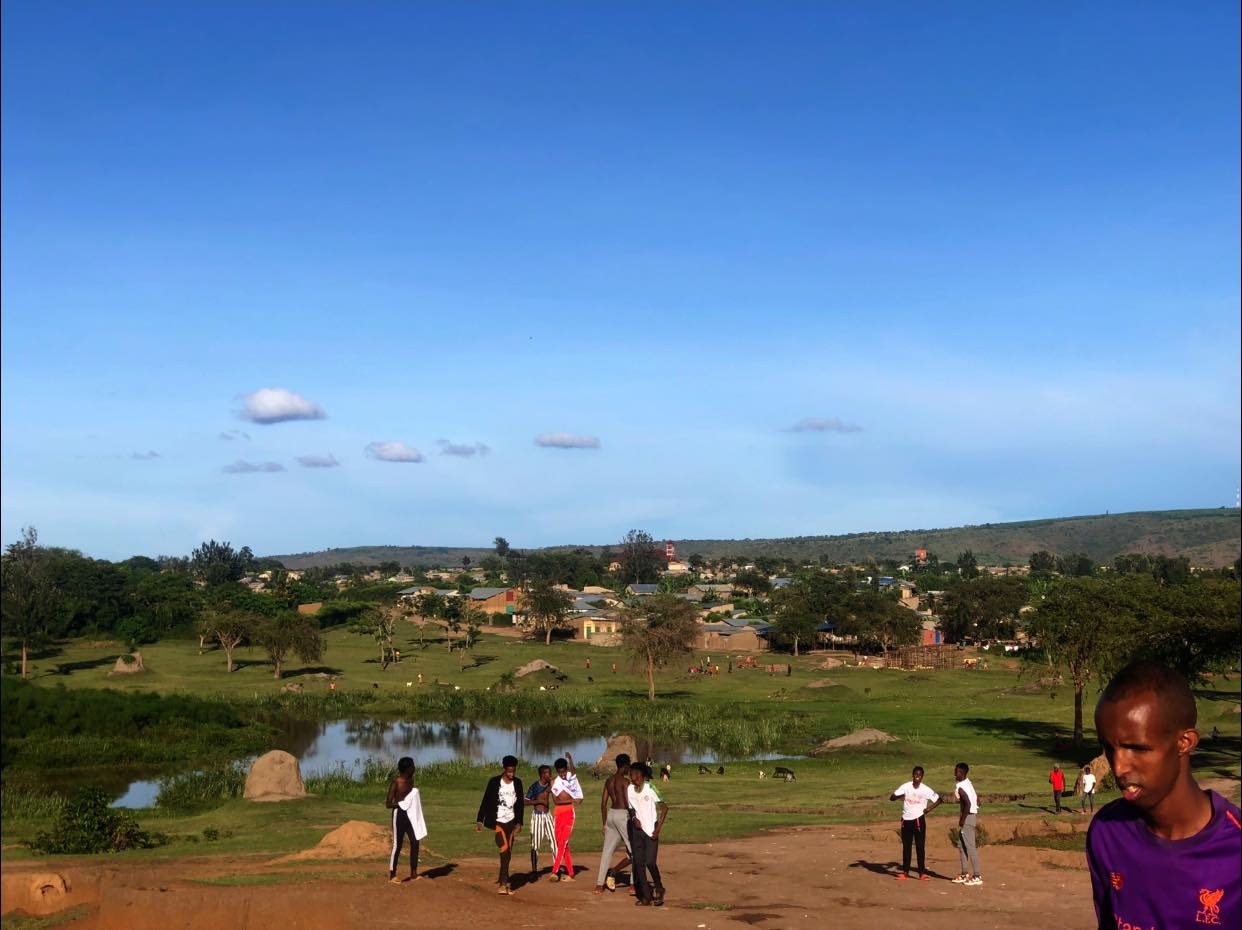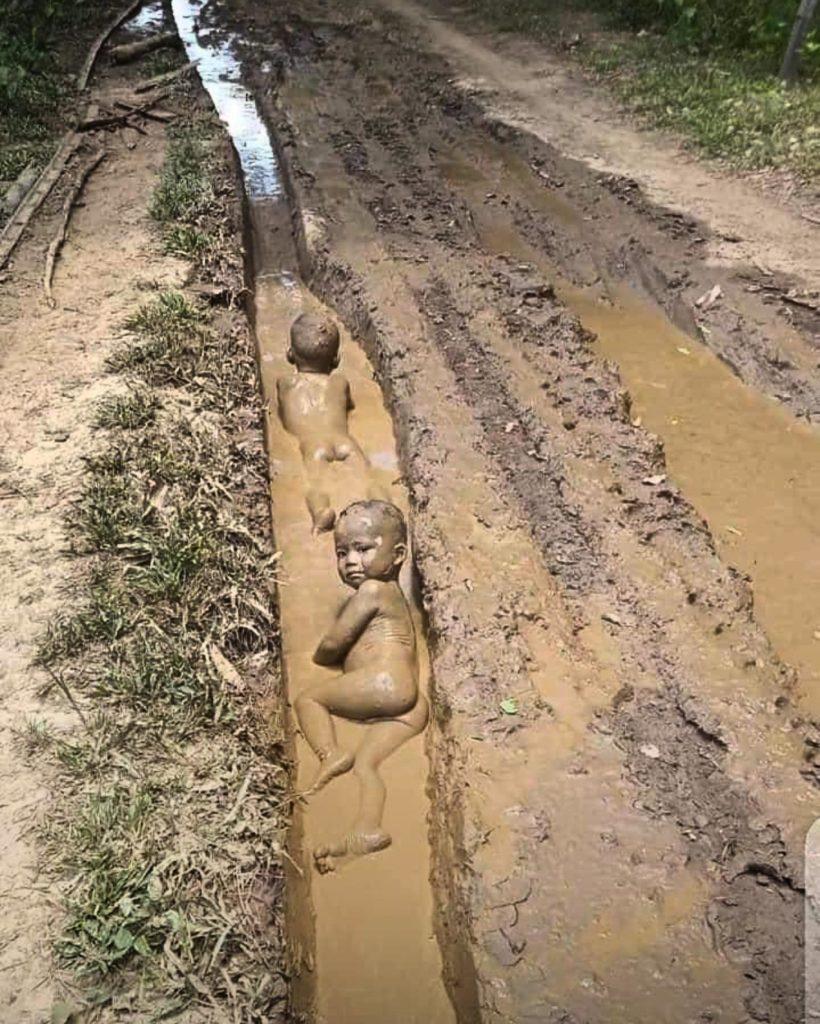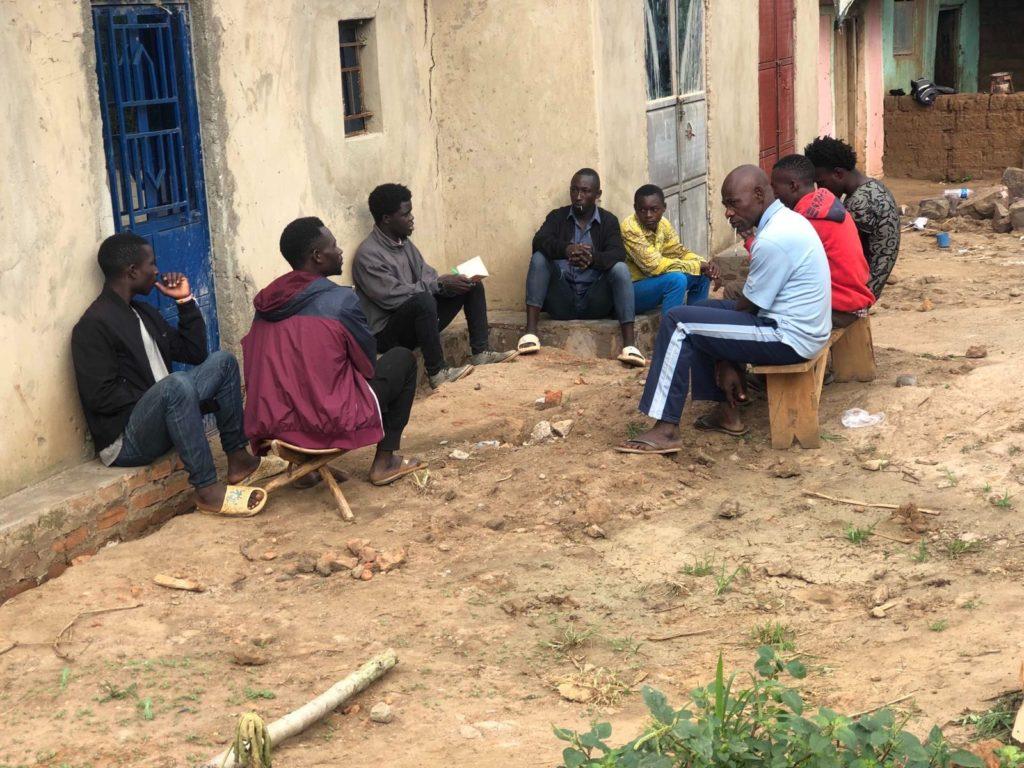Dateline 14 April, 2022: by Fiston Muganda of the Democratic Republic of Congo, currently resident at the Nakivale Refugee Settlement, Uganda

Abstract
Located in the South-western part of Uganda, the Nakivale refugee settlement is home to more than home to 130,000 residents from diverse counties of provenance with a very fast-growing population.
There has been a huge overflow of more refugees and asylum seekers in Uganda recently, the majority of which
are people fleeing conflict from neighboring countries. Smartphones have become a vital tool for us as we left our homes in search of safety and a better life.
Having to live offline means that contact and communication with loved ones are difficult and often impossible. Without access to up-to-date information on events back in our home countries as well as in our countries of asylum, we cannot access basic services such as health and education or make informed decisions about how to start improving our lives. A lack of connectivity constrains the capacity of the communities to organize and empower ourselves, cutting off the path to self-reliance. But it also constrains the kind of transformative innovation in humanitarian assistance at a time when such a transformation has never been more necessary.
There have been a lot of trials in bridging the connectivity barriers in the Nakivale refugee camp. However, this is not just something to be bridged, this is a calamity to be fixed. A lot is invested in the media and falsified case studies on how refugees live, interact, learn, connect with others and sustain lives. It is no doubt the world is blindfolded and engulfed in the “always wanna’ be heard” usual stories from the media, whatever the sources. It is easy to assume, analyze and conclude from a case study. But it is wholly different experience to wipe one’s ass from the sofas and hotel rooms, from where these summaries come, than to reside in the refugee community where one needs to live in a 2 Metre tent, cook on a local stove, seek firewood to make food, receive 8 kg of food and find ways to grind the corn to obtain flour to eat – – to live with no means of communication, poor medical care, poor education and of course non or under-employed.
Refugees are subject to all sorts of traumatic problems, and, worse case, they do not benefit from anything given the challenges they are faced with are so many. To name a few:
LEGAL RECOGNITION
Refugee youths are stressed by the challenges, complexities, and delays in the processes of obtaining asylum and related legal documents from UNHCR and/or local authorities, and by the serious implications of not having them.
EDUCATION
Young refugees consistently identify the difficulty of obtaining recognition for their existing qualifications as a serious challenge.
Accessing quality learning, formal education, and skill-building opportunities are also recurrent problems.
DISCRIMINATION
Living in an area that is home to diverse backgrounds and various provinces, refugees note that discrimination and racism across regions leave them feeling isolated and marginalized.
UNEMPLOYMENT
Refugee youths emphasize they would rather work than depend on humanitarian aid and express frustration at the limited employment and livelihood opportunities available to them.
GENDER
Gender inequality, discrimination, exploitation, and violence, including for LGBTI youth, exists everywhere. Young refugees highlight concerns about gender inequality and discrimination as challenges in and of themselves, but also as underlying causes of sexual exploitation and gender-based violence (SGBV). This includes domestic violence, child and forced marriage, sexual assault, and rape.
HEALTH CARE
Poor access to youth-sensitive healthcare, including psychosocial support is a big problem. Refugee youths highlight a lack of access to quality health care as a major concern and particularly note the need for youth-sensitive sexual and reproductive health care and psychosocial support.
Challenges for unaccompanied youth
Refugees stress the specific protections and practical challenges for unaccompanied youth, including the difficult transition and a lack of preparation for those who turn 18, thus “age out”, and are no longer afforded additional protection and support, but often still need guidance and assistance as well as access to rights and protection.
Lack of opportunities to participate, be engaged, or access decision-makers plague refugee youth. They identify a lack of empowerment and engagement opportunities as factors that limit youth involvement in decision-making. They have few opportunities to analyze issues, devise solutions, share their ideas with decision-makers, and be heard.

Lack of information
In all of the consultations, young refugees have highlighted challenges related to the lack of relevant, honest, and transparent information about the asylum process, refugee rights, available services, and the society and culture of their country of asylum.
All this is a major barrier to innovation and transformative change in humanitarian action. A connected refugee population would unleash innovation in areas such as communicating with displaced persons, responding to their security needs, and getting humanitarian services to them. It would improve their lives and transform humanitarian operations. The digital revolution is more than 25 years old. It is shocking that this has never been brought to the refugee sector.
The Connectivity issues in the Nakivale Refugee camp,
THE REAL STORY!
Nakivale refugee settlement is the 8th largest refugee camp in the world and one of the oldest refugee camps in Uganda, approximately 200 km away from Kampala, Uganda’s capital. It is estimated at well beyond 180 square kilometers, an enormous area divided into three administrative zones – Base camp, Juru, and Rubondo.
It currently hosts refugees from the Democratic Republic of Congo, Burundi, Somalia, Rwanda, Ethiopia, and Eritrea. Although many refugees in the area have been living there for several years, recent conflicts in nearby countries are increasing the number of arrivals per day.
The majority of refugees in the settlement are Congolese although the population is largely heterogeneous with many cultures and groups from different nationalities. The settlement is divided into 79 villages with an average of 800 to 1,000 people per village.
One Internet Point can not cover the whole area of over 79 villages as earlier mentioned, one local effort can not support the whole area or reach the minimum of the area’s actual demand.


Leave a Reply